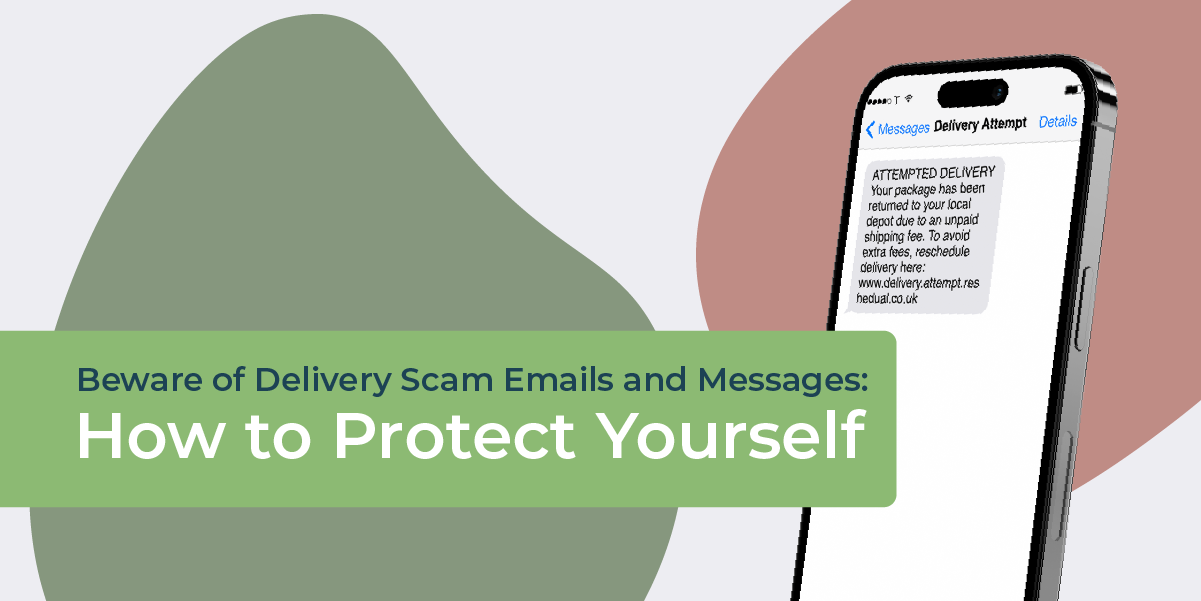The rise of e-commerce has made online shopping convenient for millions of consumers. However, it has also led to the emergence of fraudulent schemes, such as fake shipping protection plans, that deceive customers into spending money on non-existent services. In this post, we’ll explore how fake shipping protection plans work, how to spot them, and the important measures you can take to avoid falling victim to such scams.
What is a Fake Shipping Protection Plan?
A shipping protection plan is designed to offer coverage in case a package is lost, damaged, or delayed during shipping. Legitimate companies, such as major retailers or shipping services, may offer these protection plans to safeguard customers’ purchases. However, some online scammers take advantage of this concept by creating fake protection plans that appear convincing to customers.
These fraudulent schemes typically work in one of two ways:
- Fake Fees for Shipping Protection: Scammers trick customers into paying extra for a shipping protection plan that is never actually applied.
- Fake Claims Process: Once a package is reported as lost or damaged, the scammer might claim that customers can only receive compensation if they pay an additional “processing fee” or “premium fee” for the claim.
How to Spot Fake Shipping Protection Plans
- Too Good to Be True:
- One of the first red flags is an unusually low price for shipping protection, or promises of extensive coverage for minimal fees. Scammers often bait customers with offers that seem too good to be true.
- No Clear Information About the Plan:
- Legitimate shipping protection plans provide clear terms and conditions, outlining coverage details, claims procedures, and any exclusions. If the protection plan is vague about what it covers or has limited documentation, it’s likely a scam.
- Unverified or Untrustworthy Website:
- Always check if the website where you’re purchasing shipping protection has proper contact details, an SSL certificate (secure website), and a track record of customer reviews. Scammers often operate from fake websites that look similar to reputable ones.
- Pressure Tactics:
- Be wary if you’re pressured into purchasing a shipping protection plan at checkout. Legitimate retailers typically offer these plans in a clear, non-coercive manner. Fake plans, on the other hand, may use high-pressure tactics to convince you to make a quick decision.
- Unclear Claim Process:
- If a website makes it difficult to find information on how to file a claim for lost or damaged goods, it’s likely a scam. A legitimate shipping protection plan should have a straightforward process for submitting claims, including necessary documentation and timelines.
How to Avoid Fake Shipping Protection Plan Scams
- Do Your Research:
- Before purchasing anything online, make sure to research the website and verify its legitimacy. Look for customer reviews and ratings on independent platforms. If you’re unfamiliar with the website, consider using trusted online review platforms or tools to check its reputation.
- Check for Secure Payment Options:
- Always ensure that the website uses secure payment gateways, such as PayPal, credit card payments with fraud protection, or other trusted methods. Avoid direct bank transfers or payment methods that are not traceable, as these can make it difficult to dispute fraudulent charges.
- Be Cautious with Third-Party Insurance Companies:
- If you’re purchasing a shipping protection plan, ensure that the service is offered by a trusted third-party provider. Popular companies, such as Route or Ship Insurance, are often legitimate. However, verify the company’s reputation before making a purchase.
- Use Credit Cards with Fraud Protection:
- Credit cards generally offer greater fraud protection compared to debit cards. In case you do fall victim to a scam, credit card companies often provide additional support in disputing charges and offering a refund.
- Check Shipping Terms:
- Read the shipping and return policies carefully. If the seller offers an “optional” protection plan but doesn’t have a clear and transparent policy on how it works, consider skipping the plan and purchasing from a more reliable seller.
- Contact Customer Service Directly:
- If you have any doubts, reach out to the company’s customer service team for clarification. Scammers usually avoid direct contact, while legitimate businesses will respond promptly and transparently to your inquiries.
- Monitor Your Bank Statements:
- Keep an eye on your bank or credit card statements for unexpected charges. If you notice any suspicious or unauthorized charges, report them immediately to your bank and block the payments to prevent further losses.
What to Do if You Fall for a Fake Shipping Protection Scam
- Report the Scam:
- If you’ve fallen for a fake shipping protection plan scam, report the incident to the relevant authorities such as the Federal Trade Commission (FTC) or your country’s consumer protection agency. You can also file a report with the platform where you made the purchase, as they may be able to take action against the fraudulent seller.
- Dispute the Charge:
- Contact your bank or credit card provider and dispute the charge. Most credit card companies offer fraud protection services that allow you to reverse the payment if you didn’t authorize the transaction.
- Warn Others:
- Spread awareness about the scam. Share your experience on social media, forums, and review sites. This helps others avoid falling into the same trap.
Conclusion
Fake shipping protection plans are a growing concern for online shoppers. However, by staying informed and following the steps mentioned above, you can protect yourself from such scams. Always be cautious when purchasing anything online and remember to do your due diligence before making a decision. If something feels off, trust your instincts and avoid completing the transaction. With these precautions in place, you can safely enjoy your online shopping experience without falling victim to fraudulent schemes.














